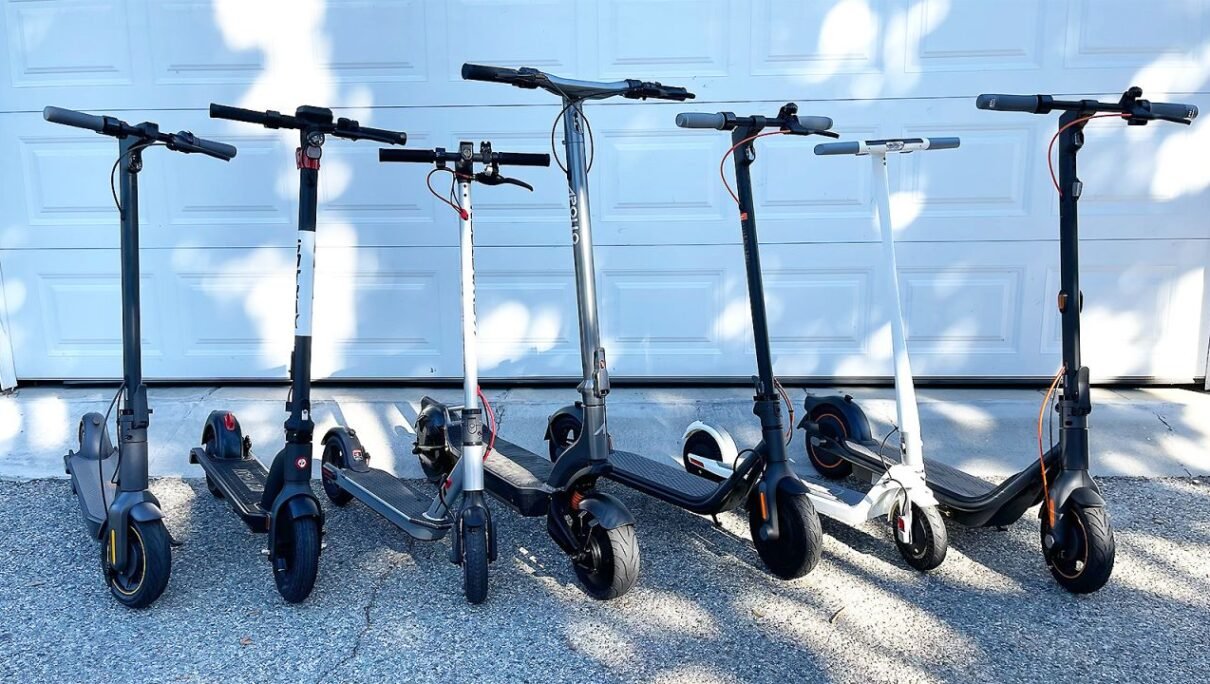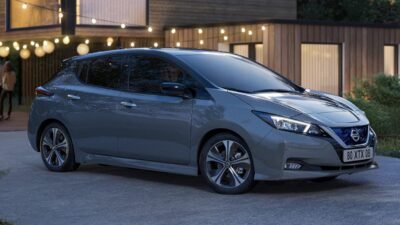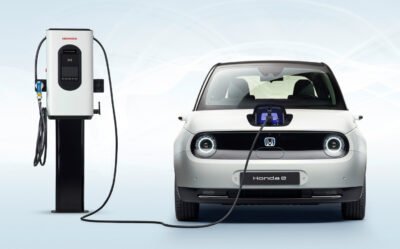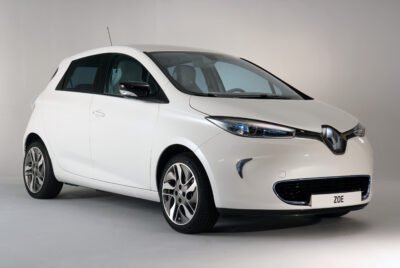With cities becoming more crowded and traffic congestion worsening by the day, electric scooters have become a popular solution for personal mobility. Electric scooters are an efficient, environmentally friendly, and affordable mode of transportation that can help you navigate through traffic quickly and easily. In this article, we’ll explore the benefits of electric scooters, their impact on the environment, and why they are becoming increasingly popular.
Benefits of Electric Scooters
Electric scooters have numerous benefits that make them a great option for personal mobility. Some of these benefits include:
- Cost-effective: Electric scooters are an affordable mode of transportation. They require less maintenance than traditional gas-powered scooters and are much cheaper to operate.
- Environmentally friendly: Electric scooters produce zero emissions, making them an eco-friendly mode of transportation. This means they don’t contribute to air pollution, reducing your carbon footprint.
- Easy to use: Electric scooters are easy to use and require minimal effort to operate. You simply need to charge the battery, hop on the scooter, and go.
- Convenient: Electric scooters are small and portable, making them ideal for navigating through traffic and getting around busy cities. They are also easy to park and store.
Impact on the Environment
One of the biggest advantages of electric scooters is their impact on the environment. Traditional gas-powered scooters produce harmful emissions that contribute to air pollution, whereas electric scooters produce zero emissions. This means that electric scooters can help reduce your carbon footprint and improve air quality.
Electric scooters are also powered by rechargeable batteries, which can be charged using renewable energy sources such as solar power. This further reduces their impact on the environment and helps promote sustainable energy use.
Increasing Popularity of Electric Scooters
Electric scooters are becoming increasingly popular around the world, especially in densely populated cities. One of the main reasons for this is their convenience and affordability. With traffic congestion worsening, electric scooters provide an easy and efficient way to get around.
Moreover, the rise of ride-sharing services like Lime and Bird has made electric scooters even more accessible. These companies allow users to rent electric scooters on a short-term basis, making them a convenient and affordable option for getting around.
Regulation of Electric Scooters
While electric scooters offer numerous benefits, they also pose some risks. One of the biggest challenges is ensuring the safety of riders and pedestrians. Electric scooters can reach high speeds, and riders are often inexperienced, which can lead to accidents.
To address these concerns, many cities have introduced regulations for electric scooters. For example, some cities require riders to wear helmets, limit the speed of electric scooters, and restrict where they can be ridden. These regulations are important for ensuring the safety of both riders and pedestrians.
Future of Electric Scooters
As electric scooters become more popular, we can expect to see further developments in their design and technology. One area of focus is battery technology, with manufacturers working to develop more efficient and longer-lasting batteries. This will help extend the range of electric scooters and make them an even more practical mode of transportation.
Another area of focus is safety, with manufacturers working to develop advanced safety features such as collision detection and automatic braking systems. This will help reduce the risk of accidents and make electric scooters a safer mode of transportation.
Conclusion
Electric scooters offer numerous benefits, including affordability, convenience, and environmental friendliness. While they do pose some risks, regulations are being introduced to ensure the safety of riders and pedestrians. As the technology and design of electric scooters continue to improve, they will become an even more practical and efficient mode of transportation for navigating through crowded.






